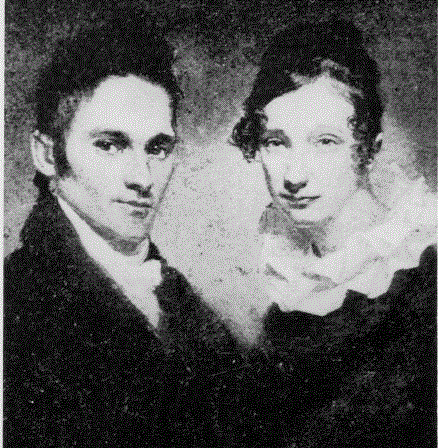Sovereign Nation Era Ends 1800-1827
1820
American missionaries and traders come to Hawai’i

American traders dominate the sandalwood trade. Missionaries focus on Christianizing the Hawaiian elite. Queen Ka‘ahumanu, who in 1819 abolished the strict Hawaiian code of conduct and system of taboos, called kapu, accepts the arrival of Protestant missionaries from New England. Missionaries leverage the opportunity for Christianization and Westernization with the chiefly classes by expressing an interest in gaining advice on trade negotiations. Reverend Hiram Bingham, a Congregationalist, states, “Rarely has a missionary a more favorable opportunity to exert an influence on a whole nation, than was here afforded in the circle of the highest chiefs of these islands” (Schulz, 2011). In five years, a dozen chiefs receive Christian baptism, including the king’s regent, Ka’ahumanu. Ultimately, Hawaiian King Kamehameha III adopts Christianity and a biblically based constitution in 1840.